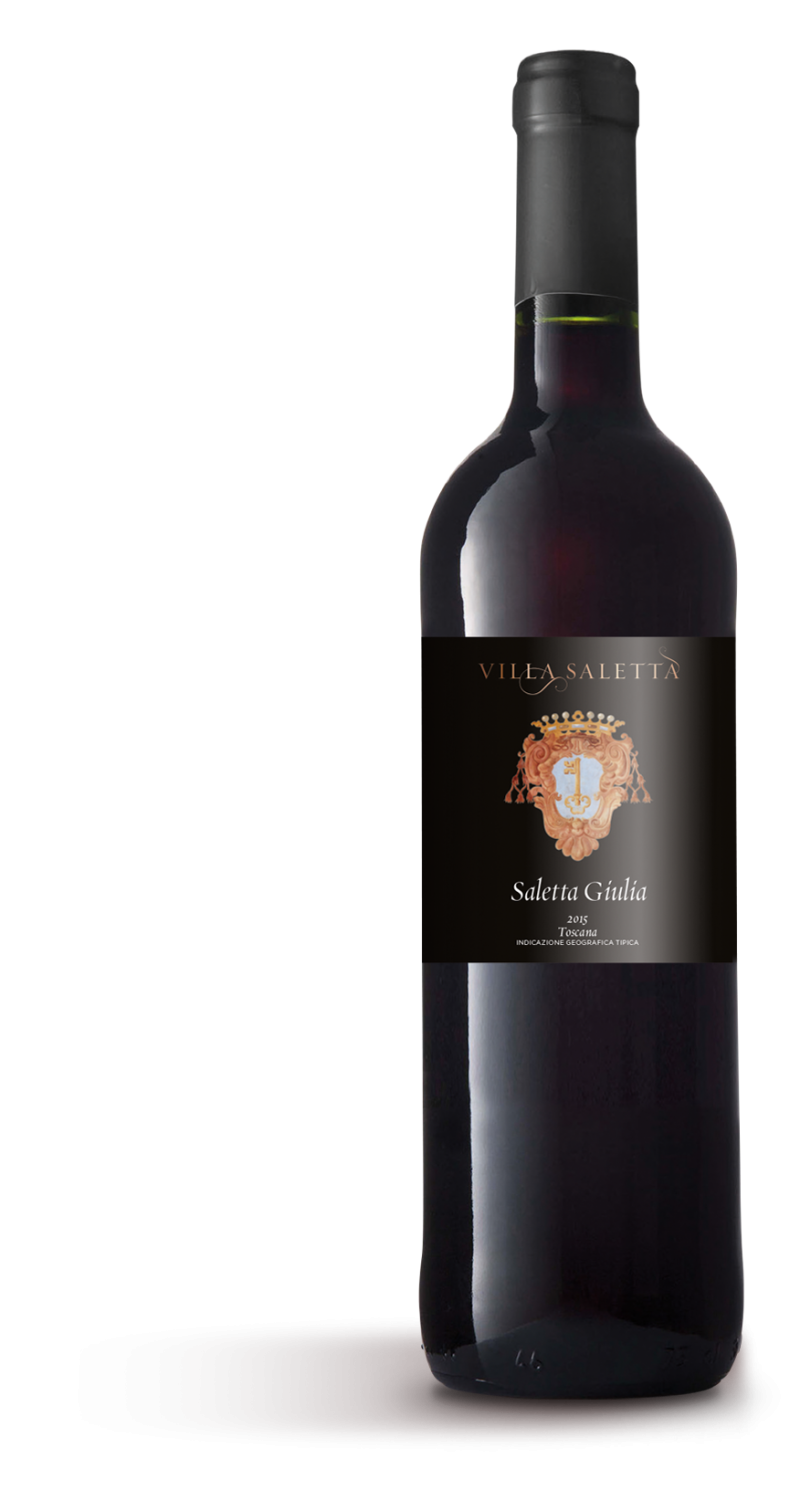Winemaking
Each grape variety and individual parcel is harvested and processed separately, with the grapes undergoing further selection on the sorting table to ensure the highest quality. Fermentation takes place in temperature-controlled stainless steel vats of 2,500 and 7,500 litres at 27°C for 20 days. Malolactic fermentation follows in barriques, with 18 months of aging in barriques (60% new, 40% one-year-old). The wine is then aged for an additional 8 months in the bottle to achieve perfect balance and complexity.
Appearance
Deep ruby red with vibrant purple tones, indicating the wine’s youth and concentration. The intensity of the colour hints at the richness of the blend.
Nose
Pervasive balsamic notes are accompanied by ripe dark fruit aromas—blackberries, blackcurrants—layered with subtle floral hints of violets. Over time, nuances of spice, cedar, and tobacco emerge, lending additional complexity to the bouquet.
Palate
The palate is long, silky, and caressing, revealing layers of black truffle, dark fruits, and earthy undertones. The firm yet refined tannin structure provides backbone, while the wine’s fresh acidity lifts the flavours, ensuring excellent balance. The finish is elegant and seemingly endless, with hints of spice and a lingering minerality, showcasing the finesse of this blend.
Food pairing
This wine’s structure is ideal for pairing with red meats, particularly those in complex preparations or slow-cooked dishes like stews. It also complements blue or long-aged cheeses, which enhance the wine’s depth and intensity.
Background story
Collazzi, located just a few kilometres from Florence, is a magnificent estate owned by the Marchi family since 1933. This 400-hectare property, originally designed by Michelangelo in 1560, features over 25 hectares of vineyards and 140 hectares of olive trees. Collazzi is not only known for its historical significance but also for its modern winemaking excellence.
The estate’s vineyards have undergone significant restructuring since the mid -1990s by the latest generation of the family, Marchese Lamberto de' Frescobaldi, along with oenologist Alberto Torelli.
The sandy, clayey, limestone-rich soils of Collazzi, along with its abundant rocky content, are perfectly suited to Cabernet Sauvignon, Merlot, Cabernet Franc, Petit Verdot, as well as the traditional Sangiovese. This varietal approach, in harmony with the temperate microclimate of the area and the meticulous grape selection, alongside extensive use of oak barrels for both fermentation and ageing, results in suave, fruit-driven, and complex wines.
Collazzi continues to produce wines that are not only of exceptional quality but also reflect the rich history and dedication of the Marchi family. Their commitment to sustainable practices and innovation ensures that Collazzi remains a leader in the region.





